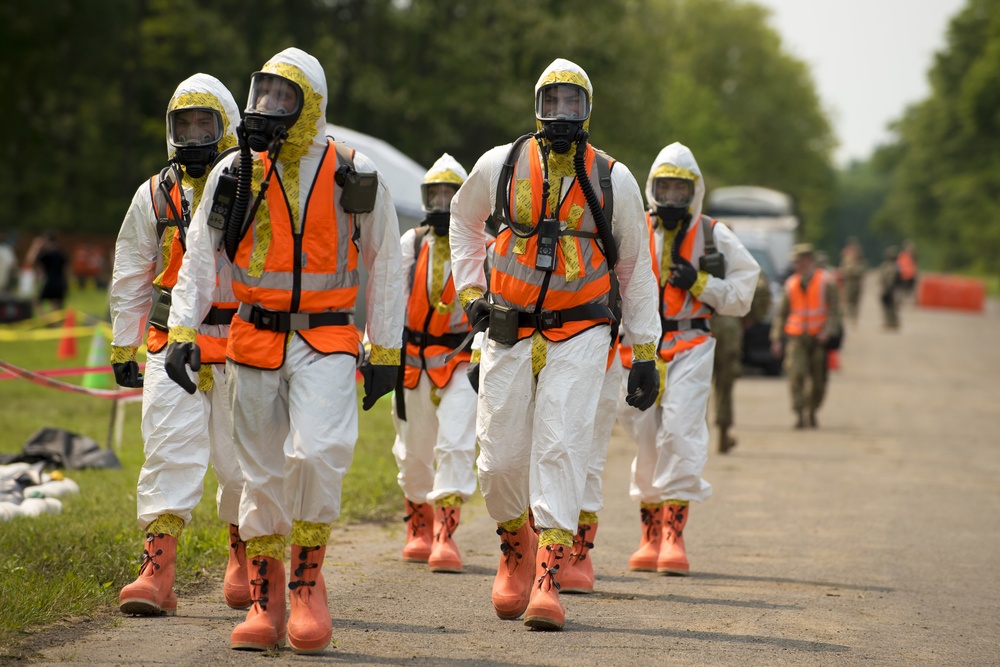Rules of Engagement for the War in Afghanistan in 2015
As reported in an article in the New York Times back on November 21, President Obama recently decided to expand the set of circumstances in which the U.S. military might use force in Afghanistan during 2015. What is the precise nature of that expansion, so far as we can tell from that story? Or put differently, what parameters will be woven into the rules of engagement governing U.S.
Published by The Lawfare Institute
in Cooperation With

As reported in an article in the New York Times back on November 21, President Obama recently decided to expand the set of circumstances in which the U.S. military might use force in Afghanistan during 2015. What is the precise nature of that expansion, so far as we can tell from that story? Or put differently, what parameters will be woven into the rules of engagement governing U.S. military forces in Afghanistan in 2015?
Earlier in 2014, the administration had proclaimed that the “combat mission” in Afghanistan would end after 2014. At the same time, however, it explained that there would still be an option for SOF to engage in “counterterrorism” missions there. It was not clear to me precisely what this distinction would have meant in practical terms, though the implication in the recent New York Times article is that the original plan was to allow U.S. military forces in Afghanistan to attack al Qaeda targets (the counterterrorism mission) but not Taliban, Haqqani, or other non-al Qaeda targets (the combat mission?).
At any rate, the article explains that the President has now decided to eliminate or at least modify this distinction. Specifically, the article suggests that U.S. forces will continue in 2015 to have authority to attack at least Taliban targets...though not based simply on positive identification of their membership status. Rather than status-based targeting, in other words, the contemplated rules of engagement will be threat-based. An unnamed senior official explains in the article:
“We will no longer target belligerents solely because they are members of the Taliban,” the official said. “To the extent that Taliban members directly threaten the United States and coalition forces in Afghanistan or provide direct support to Al Qaeda, however, we will take appropriate measures to keep Americans safe.”I wonder how different this really is than what was contemplated before. Insofar as there must be a threat to American lives before a specific Taliban target can be attacked, it is difficult to imagine that the previously-planned rules of engagement would have precluded an attack. But perhaps the idea here is that the new formulation extends the defensive umbrella to the Afghan forces who should in most instances be the ones in direct danger, even when American lives are in no direct sense threatened (cf. the administration’s early Article II theories on Iraq and ISIS). In short, perhaps the idea is largely just to pave the way for U.S. air support for Afghan ground operations against Taliban and other Afghan insurgents. Much of the article seems consistent with that understanding. This leaves the question whether status-based targeting will be an option for al Qaeda targets in Afghanistan. I’ve not seen it publicly stated that the military’s ROE in Afghanistan currently provides for status-based targeting, though I’m guessing that it does. Nothing in the article suggests that this would change in 2015, and indeed the emphasis on changing from status-based to some notion of threat-based targeting for Taliban fighters in 2015 implies that the rules will be otherwise (i.e., will remain status based) for al Qaeda. Two final thoughts: First, bear in mind that none of this speaks to what might be done, by CIA or otherwise, under color of Title 50. Second, note that embrace of a "self-defense" or "threat-based" approach to justifying force against Taliban forces arguably reduces the need to insist that there remains a state of armed conflict vis-a-vis such targets or, for that matter, that there must be an AUMF undergirding such operations.
Robert (Bobby) Chesney is the Dean of the University of Texas School of Law, where he also holds the James A. Baker III Chair in the Rule of Law and World Affairs at UT. He is known internationally for his scholarship relating both to cybersecurity and national security. He is a co-founder of Lawfare, the nation’s leading online source for analysis of national security legal issues, and he co-hosts the popular show The National Security Law Podcast.



.jpg?sfvrsn=407c2736_6)

